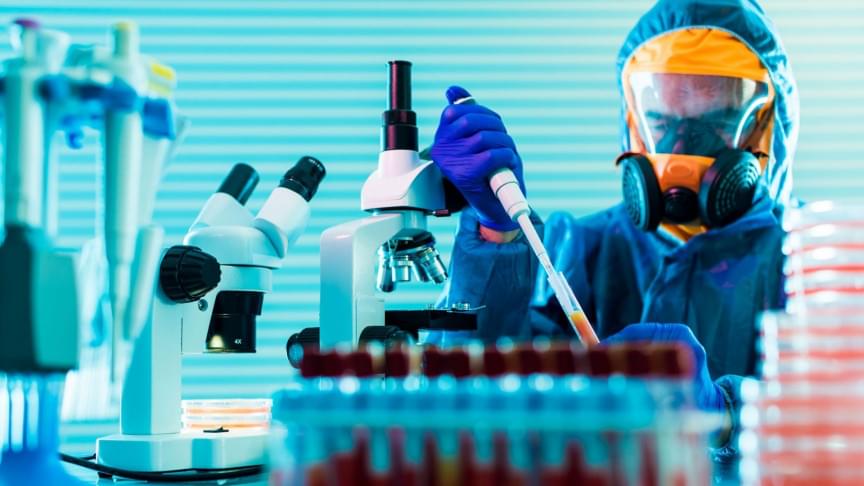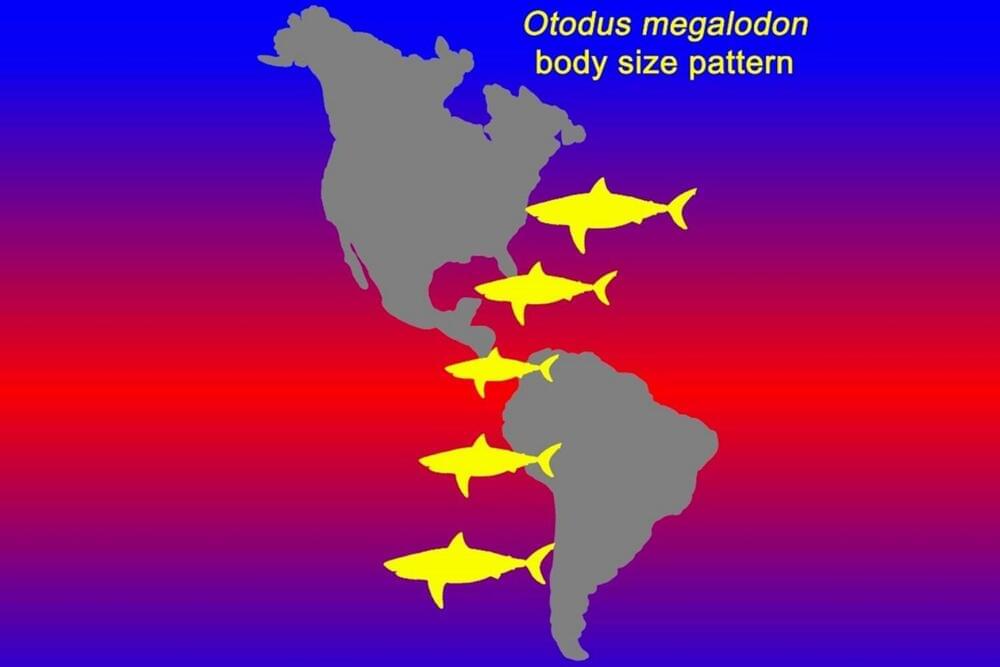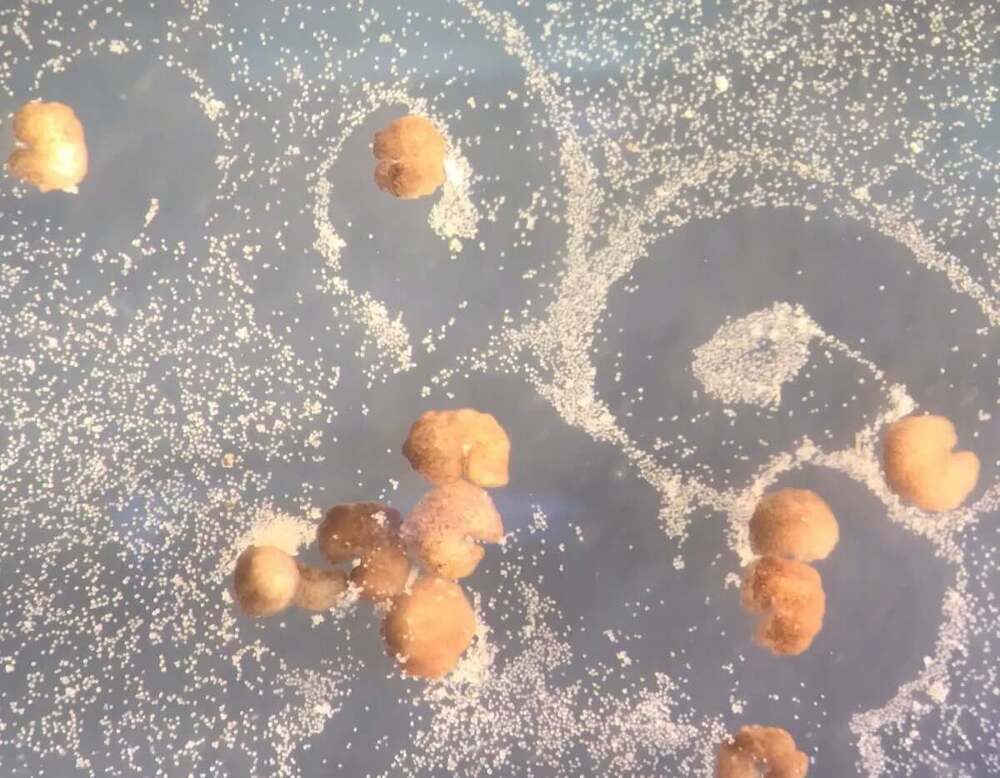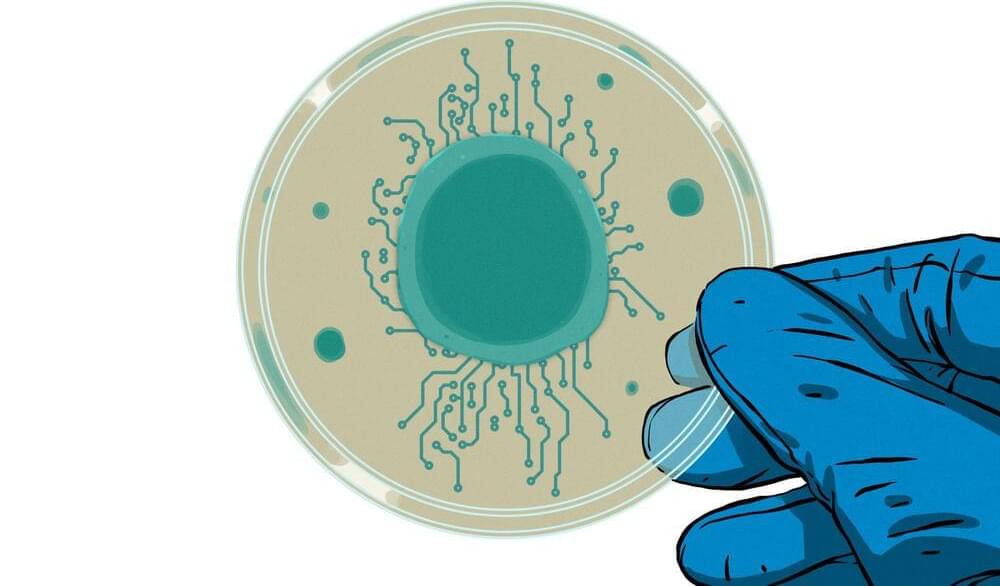
Category: biological – Page 161



Posthuman Mimesis, Keynote I: Cyborg Experiments (Kevin Warwick)
http://www.homomimeticus.eu/
Part of the ERC-funded project Homo Mimeticus, the Posthuman Mimesis conference (KU Leuven, May 2021) promoted a mimetic turn in posthuman studies. In the first keynote Lecture, Prof. Kevin Warwick (U of Coventry) argued that our future will be as cyborgs – part human, part technology. Kevin’s own experiments will be used to explain how implant and electrode technology can be employed to create cyborgs: biological brains for robots, to enable human enhancement and to diminish the effects of neural illnesses. In all cases the end result is to increase the abilities of the recipients. An indication is given of a number of areas in which such technology has already had a profound effect, a key element being the need for an interface linking a biological brain directly with computer technology. A look will be taken at future concepts of being, for posthumans this possibly involving a click and play body philosophy. New, much more powerful, forms of communication will also be considered.
HOM Videos is part of an ERC-funded project titled Homo Mimeticus: Theory and Criticism, which has received funding from the European Research Council (ERC) under the European Union’s Horizon 2020 research and innovation programme (grant agreement n°716181)
Follow HOM on Twitter: https://twitter.com/HOM_Project.
Facebook: https://www.facebook.com/HOMprojectERC

These Advanced Nootropics Are Specially Formulated to Help Fight Mental Fatigue
Supplement companies often market nootropics like they’re some kind of new scientific discovery. However, human beings have been using nootropics to boost mental performance for millennia. What’s different now is that scientists actually understand how nootropics work, and which ones have synergistic interactions with each other.
This new understanding is what helped TruBrain create Brain Food.
Brain Food is a nutritional supplement that has been methodically engineered by TruBrain’s team of scientists to create the biological conditions necessary for peak cognitive performance. Like a lot of other nootropic supplements, Brain Food contains the so-called “everyman stack” of caffeine and l-theanine, a combo humans have been taking for thousands of years in the form of green tea.

Biological Anchors: A Trick That Might Or Might Not Work
I’ve been trying to review and summarize Eliezer Yudkowksy’s recent dialogues on AI safety. Previously in sequence: Yudkowsky Contra Ngo On Agents. Now we’re up to Yudkowsky contra Cotra on biological anchors, but before we get there we need to figure out what Cotra’s talking about and what’s going on.
The Open Philanthropy Project (“Open Phil”) is a big effective altruist foundation interested in funding AI safety. It’s got $20 billion, probably the majority of money in the field, so its decisions matter a lot and it’s very invested in getting things right. In 2020, it asked senior researcher Ajeya Cotra to produce a report on when human-level AI would arrive. It says the resulting document is “informal” — but it’s 169 pages long and likely to affect millions of dollars in funding, which some might describe as making it kind of formal. The report finds a 10% chance of “transformative AI” by 2031, a 50% chance by 2052, and an almost 80% chance by 2100.
Eliezer rejects their methodology and expects AI earlier (he doesn’t offer many numbers, but here he gives Bryan Caplan 50–50 odds on 2030, albeit not totally seriously). He made the case in his own very long essay, Biology-Inspired AGI Timelines: The Trick That Never Works, sparking a bunch of arguments and counterarguments and even more long essays.

Cooler waters created super-sized Megalodon, latest study shows
A new study reveals that the iconic extinct Megalodon or megatooth shark grew to larger sizes in cooler environments than in warmer areas.
DePaul University paleobiology professor Kenshu Shimada and coauthors take a renewed look through time and space at the body size patterns of Otodus megalodon, the fossil shark that lived nearly worldwide roughly 15 to 3.6 million years ago. The new study appears in the international journal Historical Biology.
Otodus megalodon is commonly portrayed as a gigantic, monstrous shark in novels and films, such as the 2018 sci-fi thriller “The Meg.” In reality, this species is only known from teeth and vertebrae in the fossil record, although it is generally accepted scientifically that the species was indeed quite gigantic, growing to at least 50 feet (15 meters) and possibly as much as 65 feet (20 meters). The new study re-examined published records of geographic occurrences of Megalodon teeth along with their estimated total body lengths.

We are entering the era of AI biological robots. How can we harness this powerful innovation so it doesn’t control us?
It should come as little surprise that pioneering work in biological robotics is as controversial as it is exciting. Take for example the article published in December 2021 in the Proceedings of the National Academy of Sciences by Sam Kreigman and Douglas Blackiston at Tufts University and colleagues. This article, entitled “Kinematic self-replication in reconfigurable organisms,” is the third installment of the authors’ “xenobots” series.

Researchers Build Neural Networks With Actual Neurons
Neural networks have become a hot topic over the last decade, put to work on jobs from recognizing image content to generating text and even playing video games. However, these artificial neural networks are essentially just piles of maths inside a computer, and while they are capable of great things, the technology hasn’t yet shown the capability to produce genuine intelligence.
Cortical Labs, based down in Melbourne, Australia, has a different approach. Rather than rely solely on silicon, their work involves growing real biological neurons on electrode arrays, allowing them to be interfaced with digital systems. Their latest work has shown promise that these real biological neural networks can be made to learn, according to a pre-print paper that is yet to go through peer review.
The broad aim of the work is to harness biological neurons for their computational power, in an attempt to create “synthetic biological intelligence”. The general idea is that biological neurons have far more complexity and capability than any neural networks simulated in software. Thus, if one wishes to create a viable intelligence from scratch, it makes more sense to use biological neurons rather than messing about with human-created simulations of such.
Universal Consciousness | Part IV of Consciousness: Evolution of the Mind (2021) Documentary
There’s only one Universal Consciousness, we individualize our conscious awareness through the filter of our nervous system, our “local” mind, our very inner subjectivity, but consciousness itself, the Self in a greater sense, our “core” self is universal, and knowing it through experience has been called enlightenment, illumination, awakening, or transcendence, through the ages.
Here’s Consciousness: Evolution of the Mind (2021), Part IV: UNIVERSAL CONSCIOUSNESS
*Subscribe to our channel to catch premiering further installments of the documentary on YouTube! This film is to be released on YouTube in parts.
OR, watch the documentary in its entirety on Vimeo on demand: https://vimeo.com/ondemand/339083
And on TUBI — free (with ads): https://tubitv.com/movies/613341/consciousness-evolution-of-the-mind.
IMDb-accredited film, rated TV-PG Director: Alex Vikoulov Narrator: Forrest Hansen Copyright 2021 Ecstadelic Media Group, Burlingame, California, USA